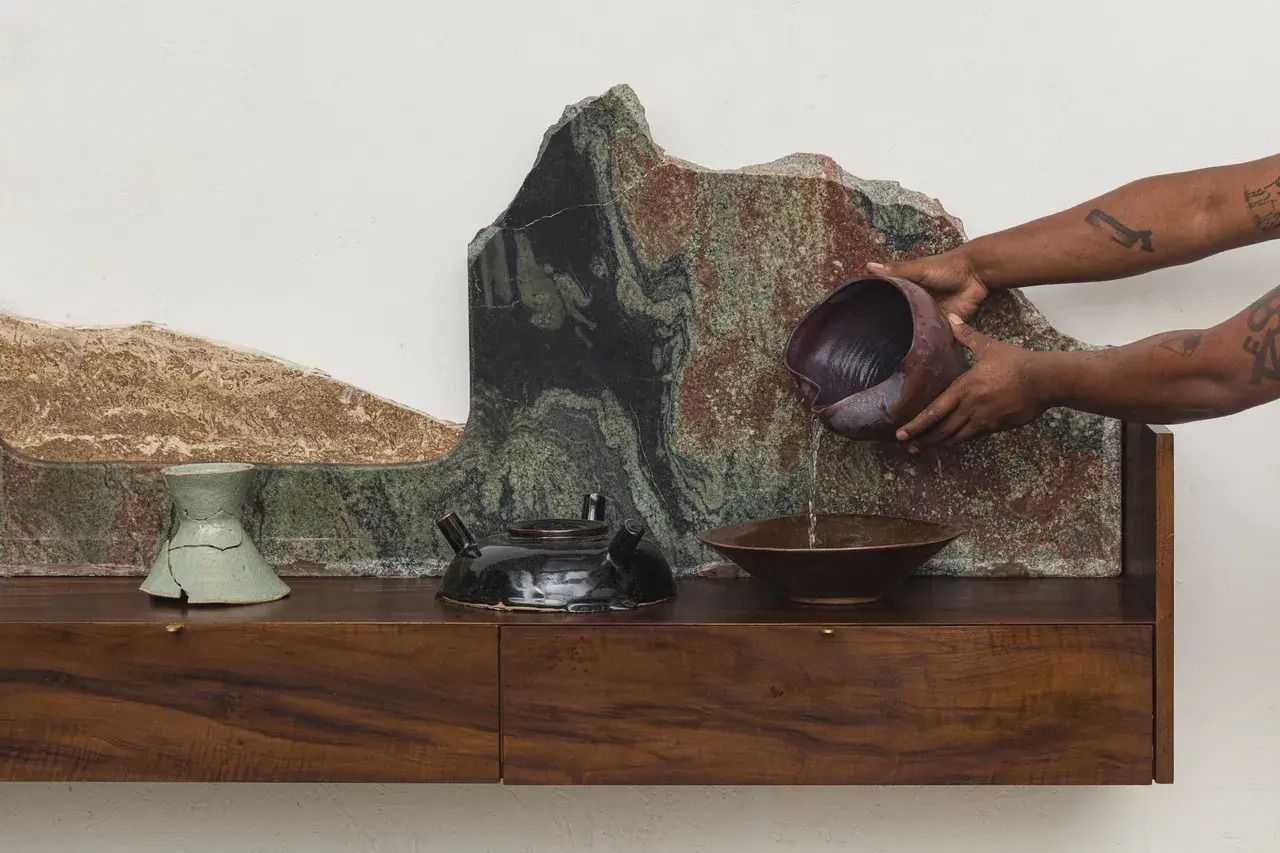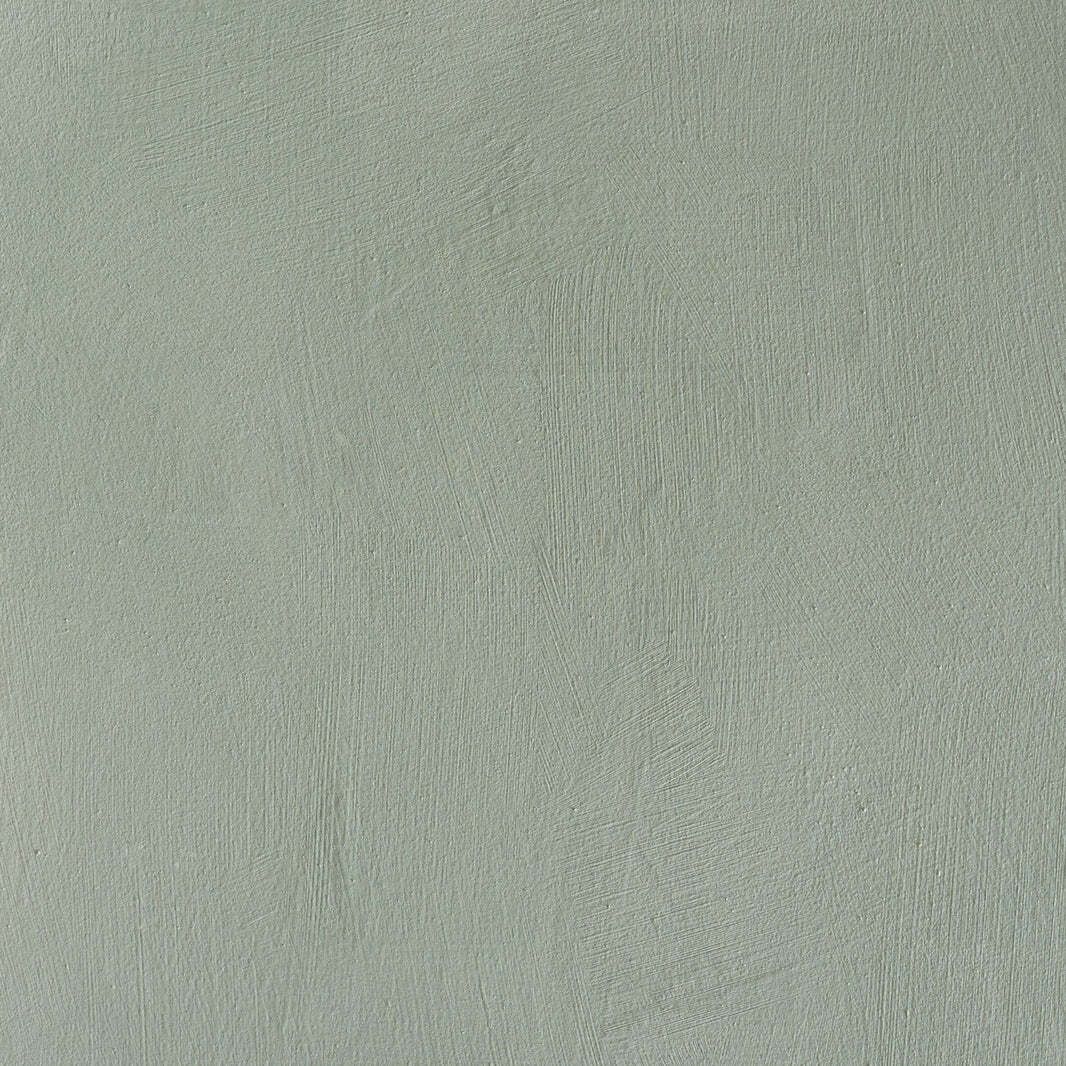- Shane V. Charles
- Posts
- Issue No. 57
Issue No. 57
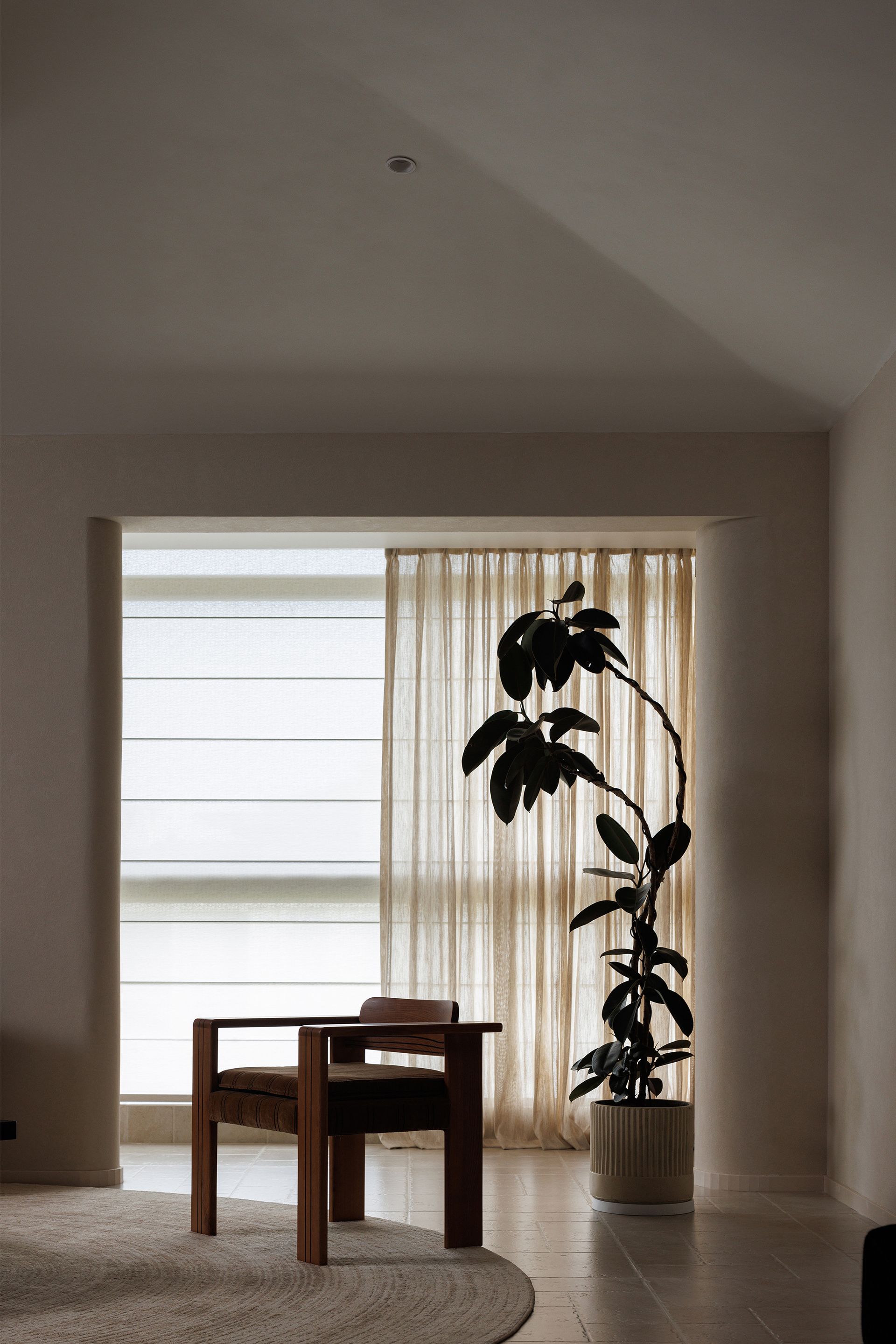
ISSUE NO. 57
An October Issue
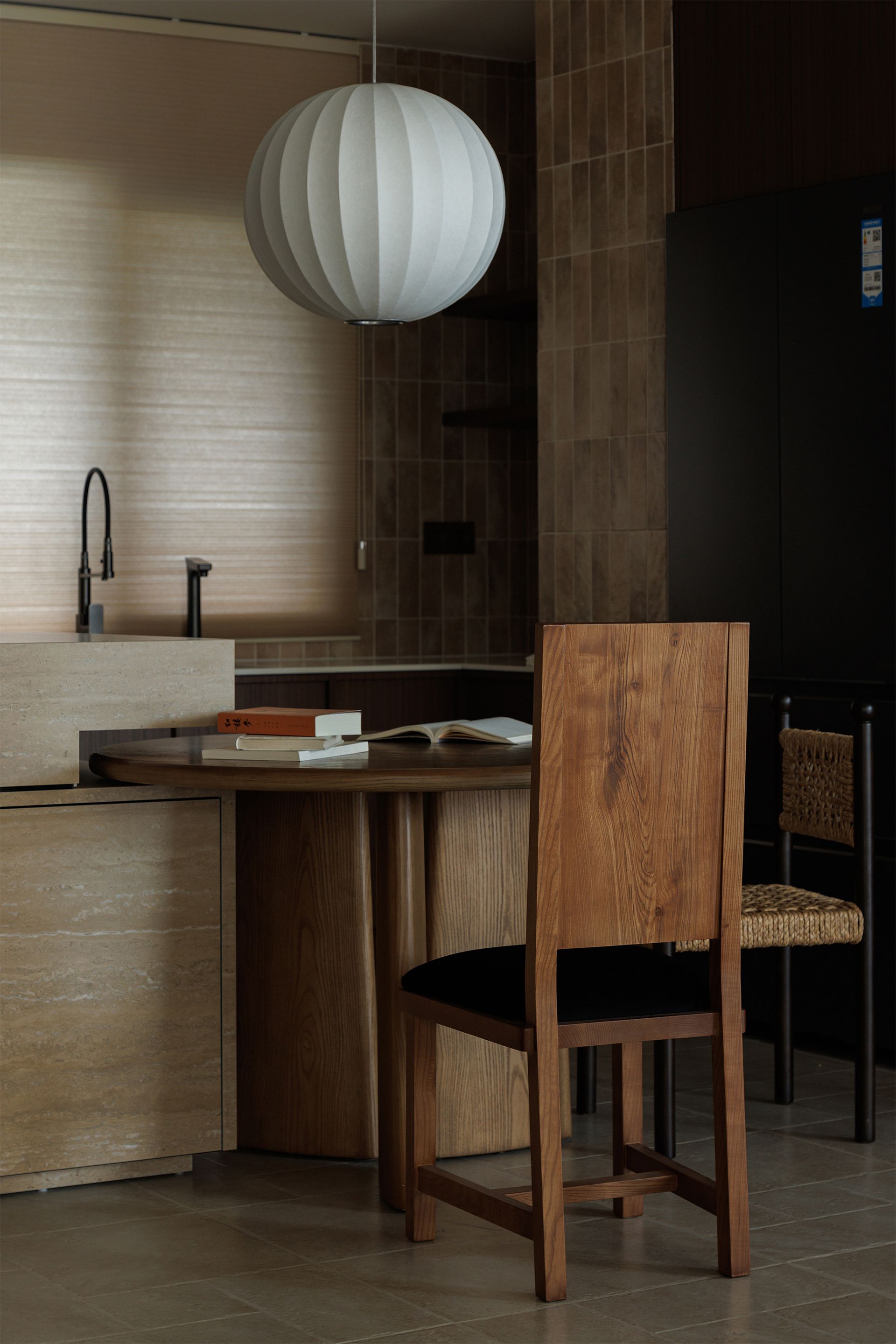
Photography by Deng Juntao
Friction shapes us. It burns away what’s unnecessary and leaves behind what’s real. The work gets sharper. The conviction steadier. The ego quieter. Without resistance, there’s no refinement—just the illusion of ease.
When we experience friction, it’s not punishment. It’s proof of motion. The rough edges mean we’re still alive in the making, still earning the right to call the finished thing our own.
ARCHITECTURALLY CURIOUS
Between Structure and Stillness
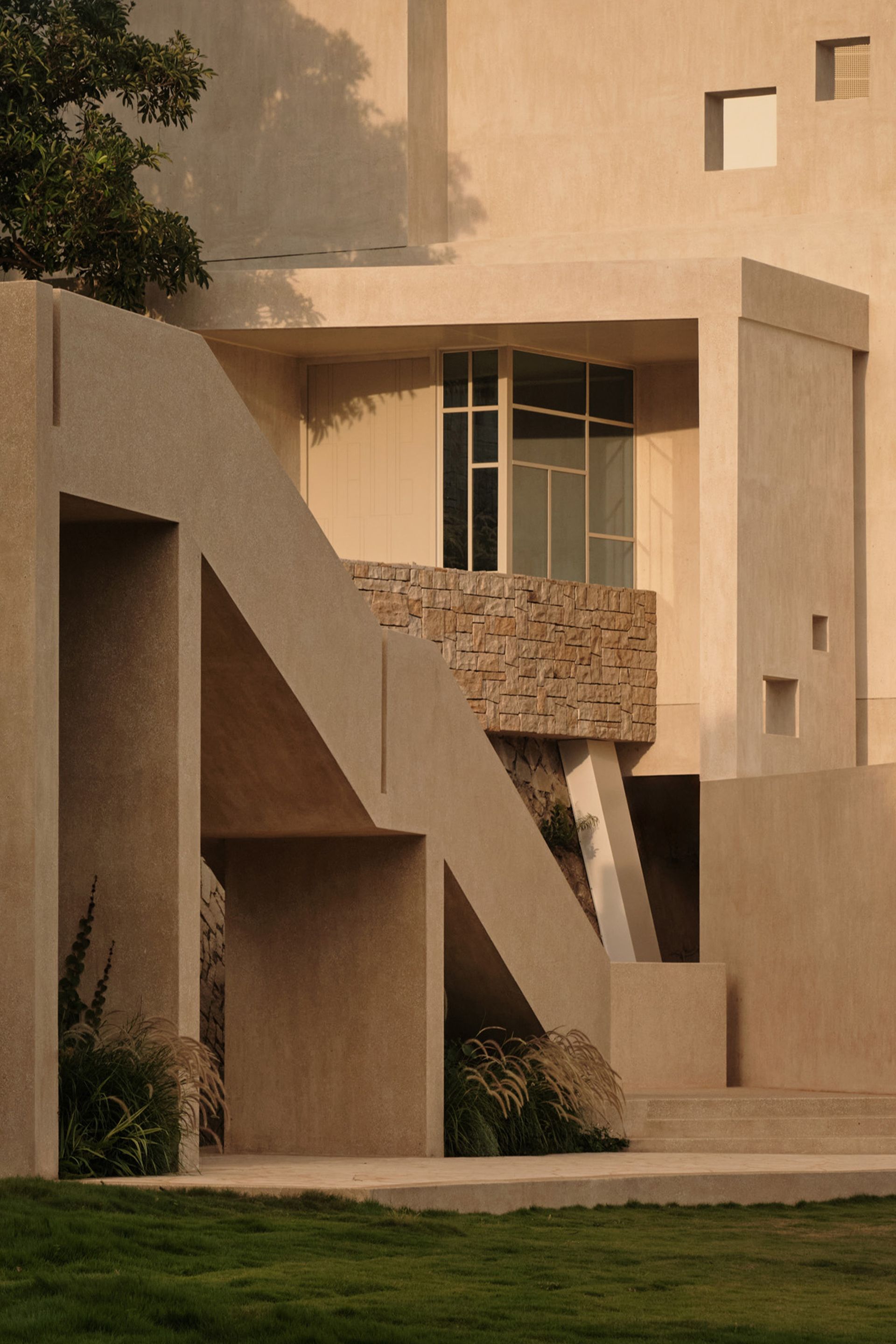
Photography by Jonathan Leijonhufvud
This building rises like it was coaxed from the coastline itself—where planes of sand-colored concrete intersect with stone, shadow, and silence. The geometry is assertive yet patient, allowing natural light to sculpt the space throughout the day. Every angle invites reflection, not through ornament, but through restraint. It’s architecture as meditation, where each surface seems to ask how structure can hold both weight and calm.
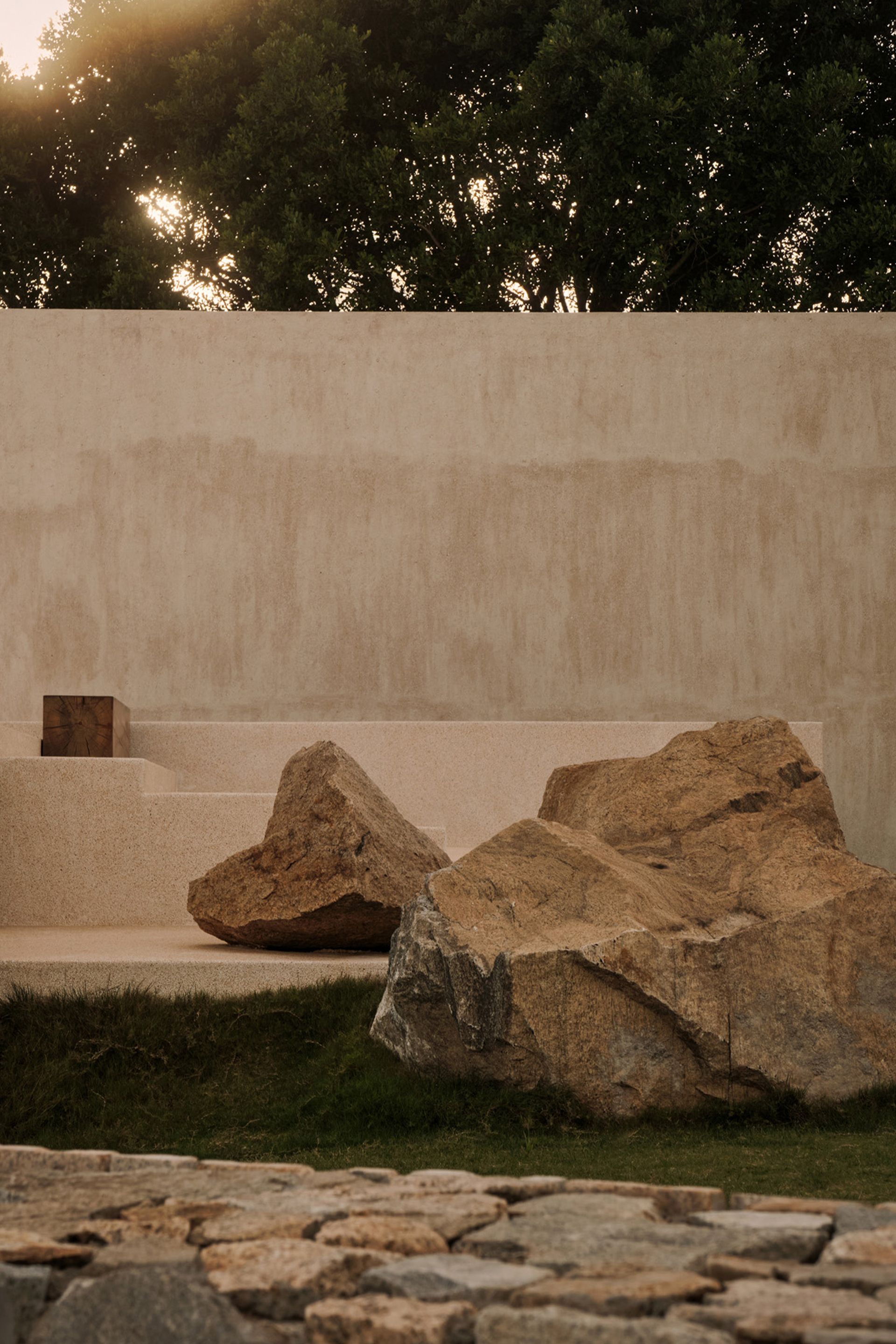
Photography by Jonathan Leijonhufvud
Stones With Tone
Here, rough boulders and manicured concrete share the same stage. They’re not decor—they’re dialogue partners. The stone holds memory; the concrete, possibility. Between them lies the tension of permanence and erosion, an unspoken reminder that even our most enduring structures are always being shaped by the wind, the salt, and time itself.
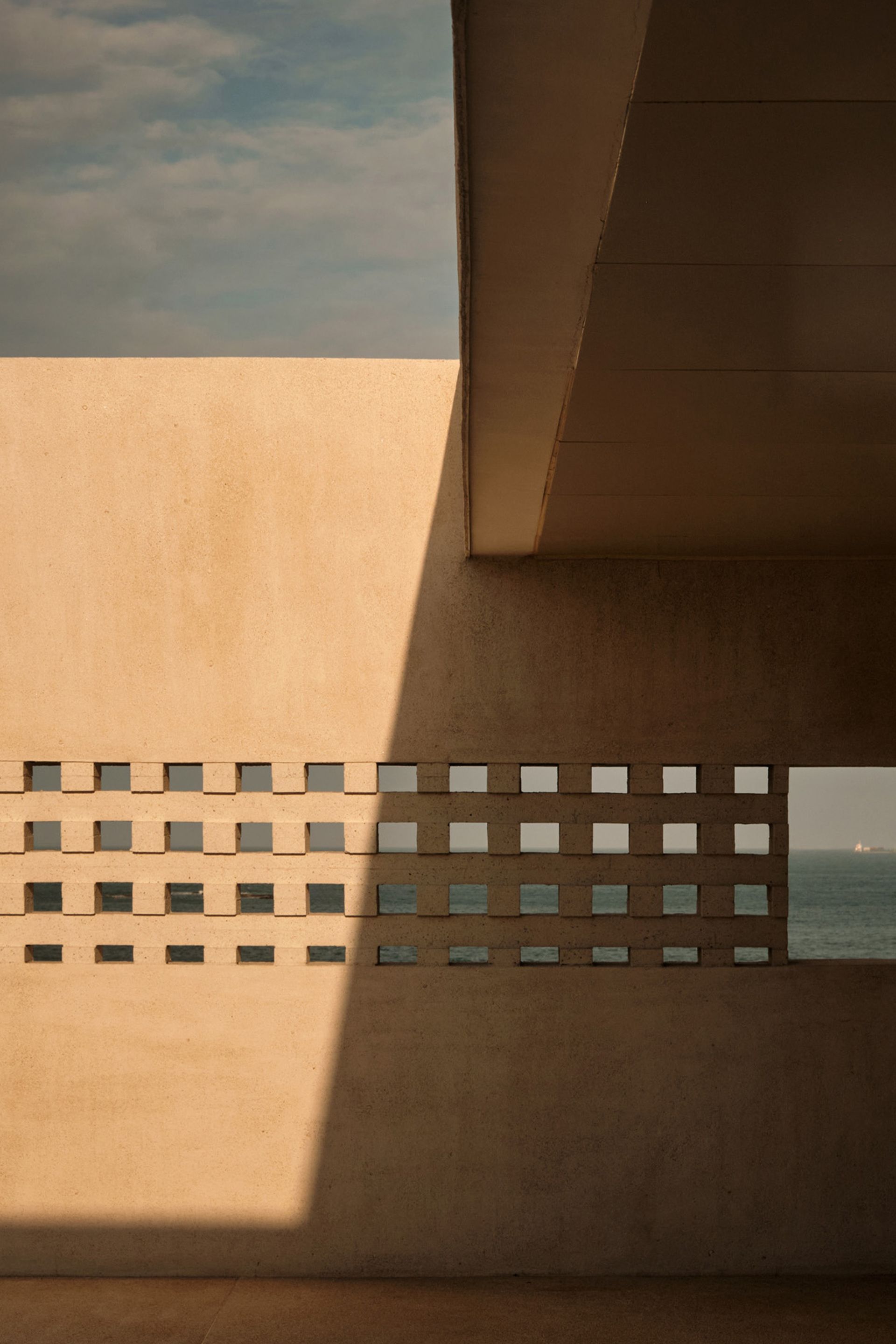
Photography by Jonathan Leijonhufvud
Openings
A wall punctuated by square voids faces the sea—each cutout a frame, each frame a horizon. Sunlight spills through in shifting patterns, tracing the passage of time like breath. The simplicity of the materials—just sand, stone, and air—belies the complexity of the feeling: a quiet longing to belong to something larger, to be both rooted and infinite all at once.
GLOBAL GLIMPSE
and Restraint
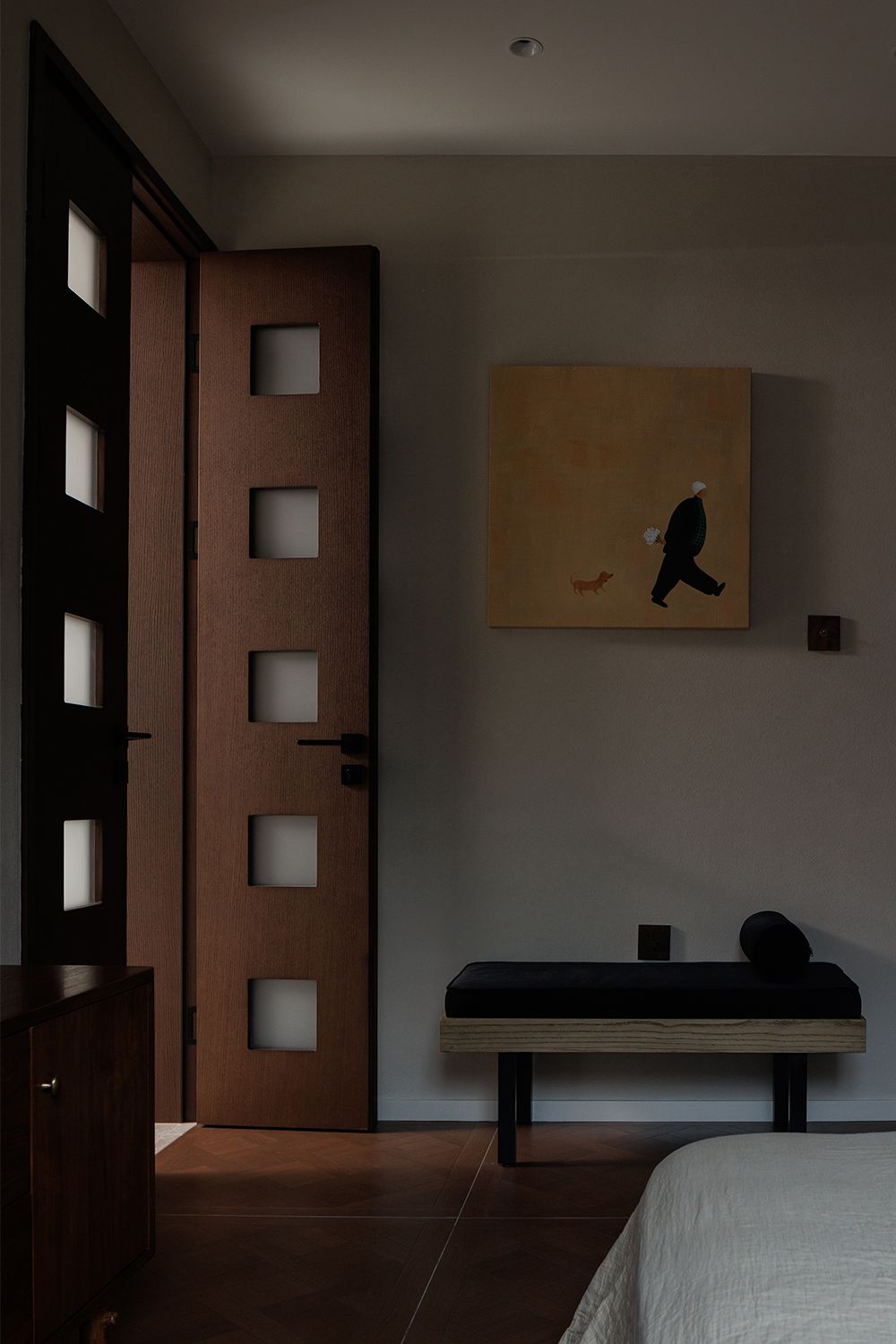
Photography by Deng Juntao
Every line in this home seems drawn to honor the mountains just beyond it. The square-cut openings of the wooden doors filter sunlight into quiet, rhythmic patterns—soft geometry against pale plaster walls. Art is used sparingly, like punctuation; a single painting, a black-cushioned bench, and the faint reflection of wood grain give the entryway the intimacy of a private retreat. Even the emptiness feels intentional—inviting stillness instead of spectacle.
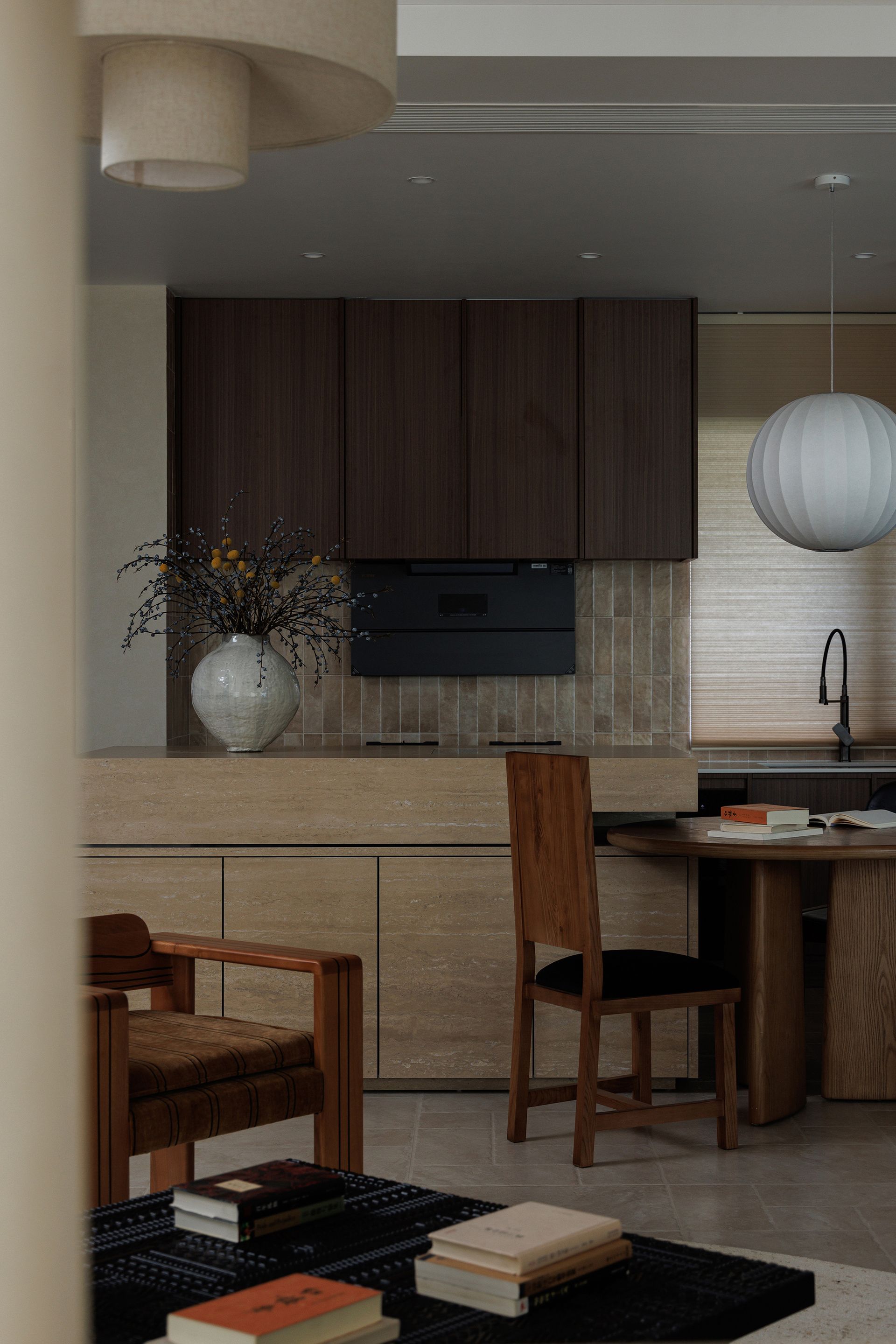
Photography by Deng Juntao
Between Material and Motion
In the kitchen, travertine, walnut, and linen lampshades converge in soft conversation. The palette carries the warmth of the mountain soil, while the rounded table and low pendant lighting encourage slower gestures—morning coffee, reading, quiet exchange. There’s a studied tension between structure and softness: linear cabinetry grounded by hand-thrown ceramics and stacked books. The space moves gently, like a breath expanding through stone and wood.
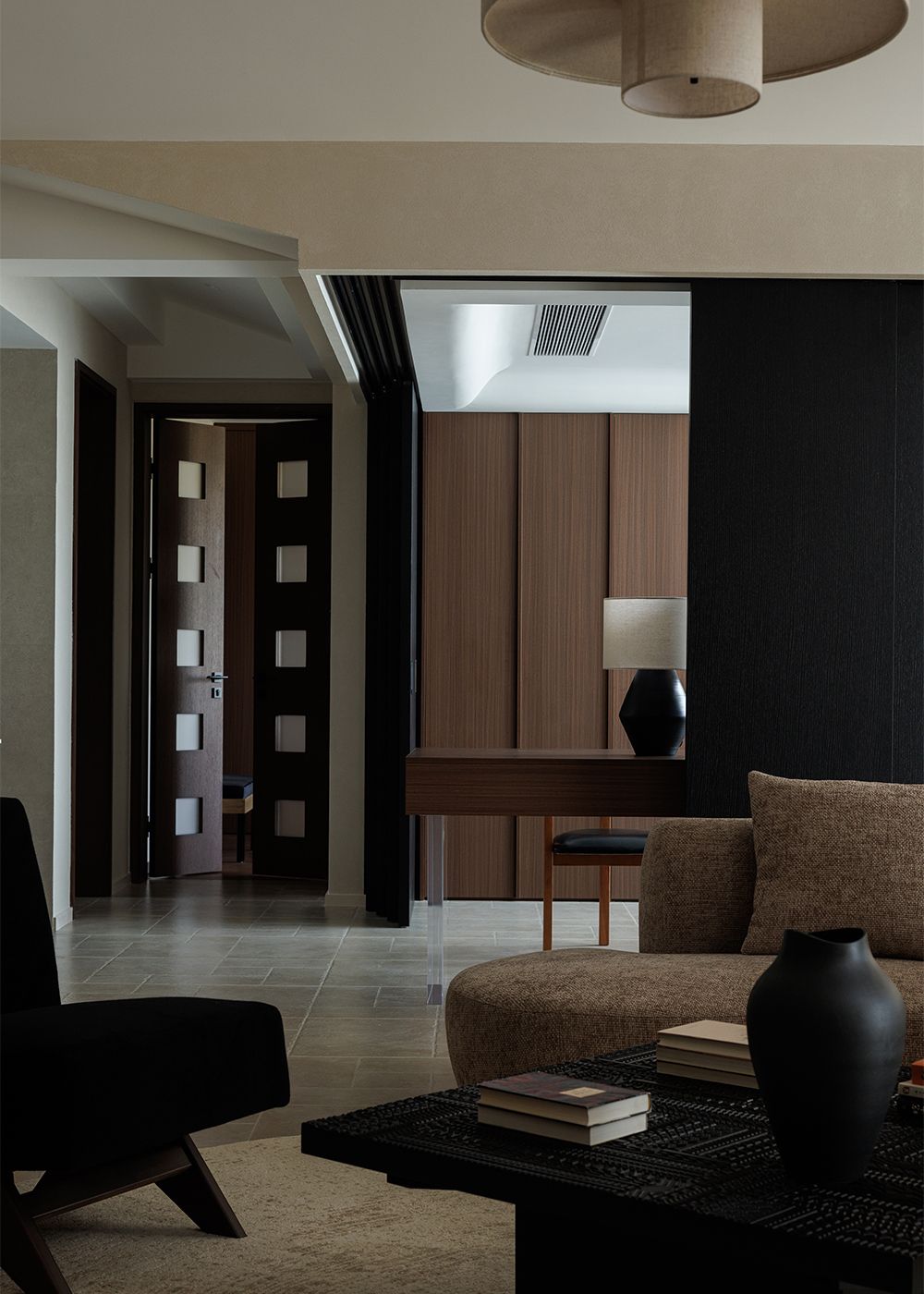
Photography by Deng Juntao
Compression and
As the home unfolds, each threshold feels like a pause before an opening. Layers of tone—taupe, tobacco, graphite—create depth without relying on ornament. A living room framed in walnut panels and textured fabrics feels cocoon-like yet porous, its air animated by shifting shadow. This is architecture as rhythm: a choreography of material, proportion, and patience, where the mountain doesn’t simply sit outside the window—it enters the room through silence.
VISUAL COMFORT
performance/ritual
The piece feels like a collision between earth and ritual—a suspended altar that breathes through the raw tactility of wood and stone. The jagged marble backdrop, layered in red, green, and black veining, mimics a landscape in motion, a reminder of how nature itself is never still. Resting on the walnut base, vessels of clay and ceramic appear mid-ritual—water pouring, energy transferring, spirit invoked. Each mark and texture feels deliberate, as though the artist is rewriting memory through the act of making. What’s most striking is how the altar is both personal and collective—a quiet dialogue between ancestry, craft, and sacred labor.
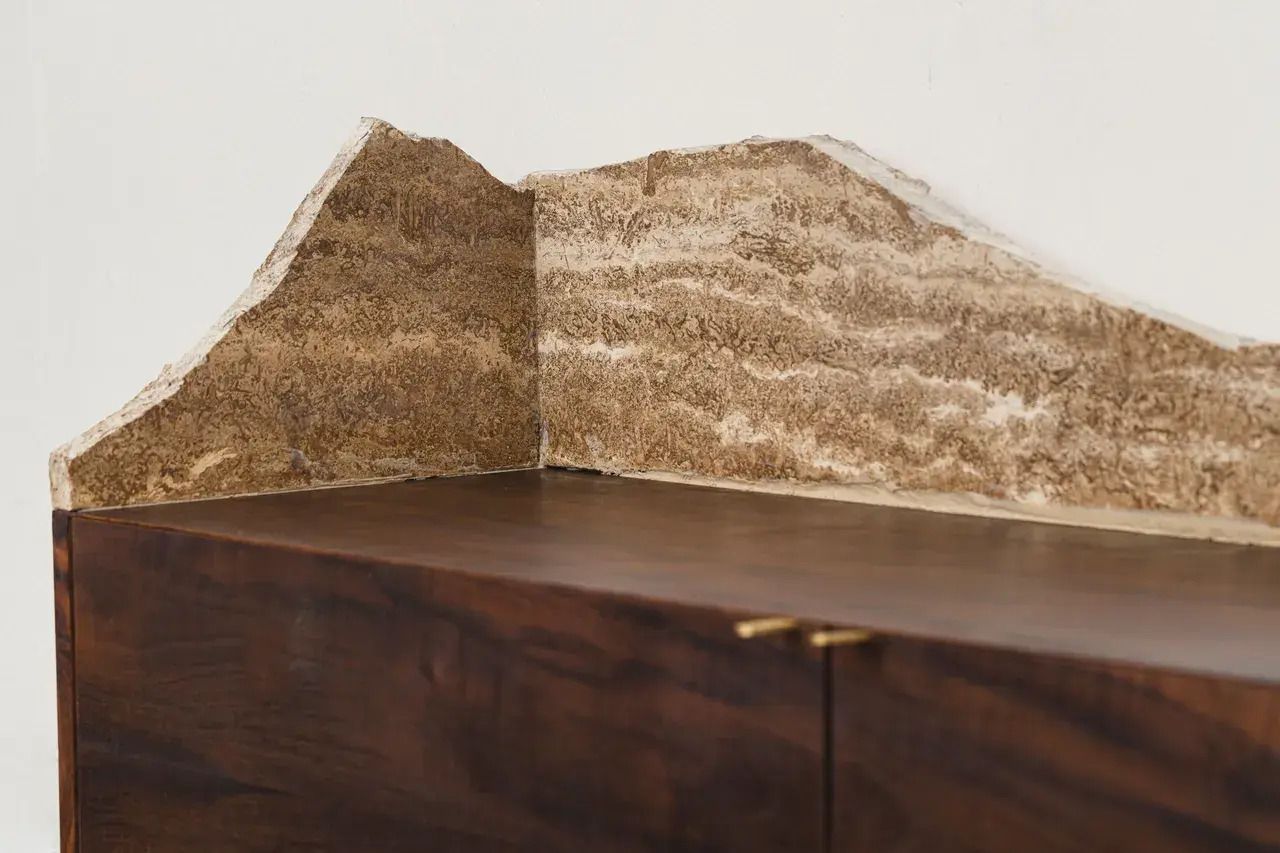
‘Ascensão’
MUSICAL INTERLUDE
What I'm Listening to in October
When we experience friction, our first instinct is to label it as something gone wrong—an interruption, a delay, a problem to solve. But friction is rarely the villain. It’s the quiet test of how much we actually want what we say we want.
It slows us down, drags on our patience, forces us to clarify.
As mentioned in last weeks digest, ‘Interior Identity: African Diaspora’ is slated for release to pre orders purchases on November 3rd.
If you missed the preorder window, copies will be available to order starting November 17th—I’ll see you next week, my friend.
Warmly,
/shane
